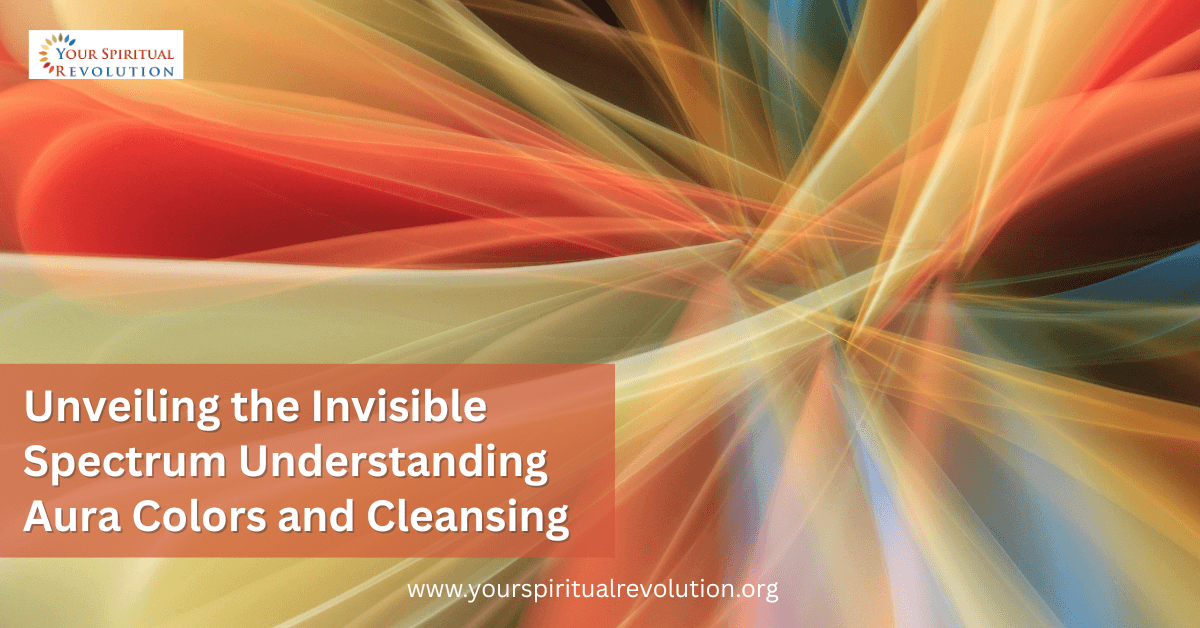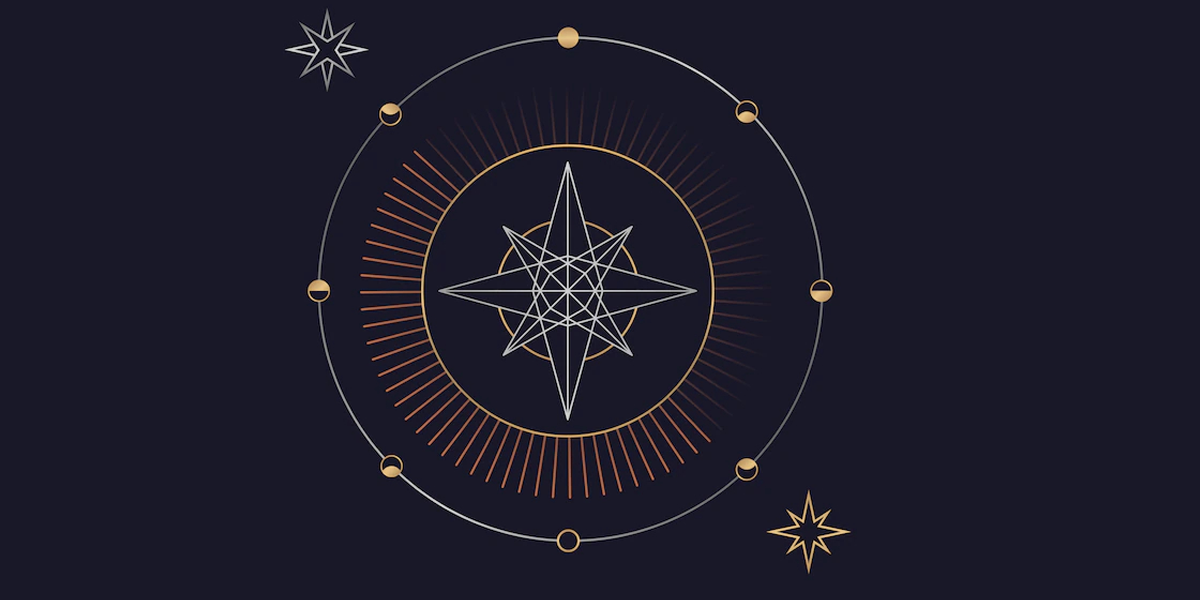It began for me in one of the ubiquitous small coffeehouses in the Pacific Northwest, in the town of Everett, Washington, about ninety minutes north of Seattle. A not-very-dramatic dream had visited the night before, and I sat with my journal to do what I most often do with dreams: I wrote it down. In the dream, water was bubbling down a creek behind a shopping mall in the neighborhood where I grew up. After writing down this rather sparse description, in between coffees and homemade pastry, using my barely functioning pen, I sketched the scene onto a napkin. Then, as I continued to doodle, something more opened. The creek came to life, animated by my remembrance of this actual place, a setting that I visited somewhat secretly over the years when growing up. My repeated sketches on the napkin seemed to have a magical effect. I quite literally felt the motion of flowing water from that long-ago creek.
I kept drawing. A circle appeared, getting increasingly wider and spiraling inward. I have spent a lifetime exploring underwater oceanic places, deep-water diving with a tank, or free diving with a snorkel and mask. In my dreams, too, I have always experienced an oceanic sensation. But here I was being invited instead to journey down below the water, into the ground underneath.
Now, sitting in this coffee shop, I experienced an entryway into land-based geologic places. These were places of dirt, stone, caves, and tree roots. I had a choice to make. I hesitated. This is the ground, not the ocean. How mundane, I thought. Not much life in this inanimate landscape. I stopped myself, got up, paid the bill, and left the coffeehouse.
However, as if orchestrated from above—or below—that very afternoon an esteemed mentor, Russ Lockhart, encouraged me: “An opening has presented itself. Now go explore.” I decided to pay attention to the call.
That evening, during one of those white nights of the Pacific Northwest, where the light dims but never really gives way to the night, I returned to the coffee shop and sat at the same table. Now, with renewed curiosity, I began the trek. I named this experience the Geologic Dig, not knowing then that this expedition would lead, step by step, to a realm as immense as the cosmos and as singular as my personhood itself.
My first exploration had started simply with those few doodles on the napkin that morning. I often amuse myself by sketching meaninglessly on paper. I suspect you might do the same. Yet this time, something new happened as I continued to sketch on napkin after napkin. I had the sense that the designs were emerging from a deeper place.
Over time, I allowed the process to continue to unfold. As the months and years passed since that first exploration, each Dig went a bit further. But always in a similar direction—down, vertically. Once down, I found that the geologic landscape yielded to an expanse of limitless journeying. In the beginning, in my desire to get there, I would rush. I tried to push my way to the other side. This strategy met with mixed results. Mostly with frustration and futility.
With practice, however, I discovered another way. If I became still, quiet, and uncoupled from my rational mind, my Curious Mind would open. When I allowed myself to slow down and to listen patiently, new intimations arose from the mysteries. Continuing this practice, I found that the Dig offered access to the ever-present yet unseen intelligence of psychic reality, initiating a pathway to profound insight.
The ancients and shamans knew this when they went deep into caves, climbed to remote mountaintops, and did walkabouts. Modern seekers and creatives have looked to find this awareness through plant-based inducements, meditation, or mindfulness. All of these practices have offered people much in the way of awakened consciousness. But that night in the coffeehouse, as I yielded to the designs and visions that came to me, I found another, equally rewarding approach to opening creativity, universal connection, and heightened awareness. The Dig is essentially an immersion into the Curious Mind. This praxis became foundational to the psychospiritual process of journeying in the realms of deep imagination. The Dig is the entry point of the Imagination Matrix.
Undertaking this journey inward is not new. Rather it is an ageless pilgrimage that is perhaps even more important today than in times past.
To deny the soul’s longing is to become separate from the call, which results in stagnation and psychological paralysis. Creativity withers, and imagination dims. Researchers have found that multiple motivations drive interior reflection. Unfolding awareness, reinvention, remembrance, and insight all motivate contemplative and therapeutic inner journeying.
The antidote to being disconnected from your soul’s calling is to go underground. It was there that I discovered the numinous, Jung’s word for the curiosities that the logical mind cannot explain. The idea is that the healing forces live in what Jung named the unconscious, not visible to the conscious eye, yet alive in the inner realms. The journey underground has become my own medicine, my daily praxis.
I go on the Dig nearly every morning. It is my daily praxis. Before getting out of bed or turning to my cell phone, I take those moments between sleep time and waking time to first reflect on which dreams visited through the night. In this liminal space, a kind of time out of time, I remain receptive. Unless the imagery is very strong, I forget the visitations from the nighttime journey. The day’s concerns rush in so quickly. So, first thing, I pause and write down feelings, images, or full dreams in my journal.
Then, I make a cup of tea. I move into the front room of our home and settle in a chair with a view of the trees and sky out the window. With dream figures or emotions alive in my memory, I take some time to make associations with the circumstances of my life. I ask: Who’s visiting now? What’s happening here? What is the dream’s desire? I became aware that, in addition to having meaning for my life, the figures of dreams also have a life of their own. This simple reflection reawakens my curiosity and sparks my imagination. With tea in hand, journal at my side, and headphones on (I like the accompaniment of selected music), I am ready to enter the Dig. When my eyes are closed and my perception turns inward, the Imaginal lights come on. The intelligence and guidance that I bring back from the worlds behind the visible world inform my daily tasks, my writing, and my lectures, as well as my sense of destiny, and my life purpose.
You will have your own experience of the Dig. You decide where and how to travel. As your Dig experience deepens, new vistas reveal themselves, along with soul figures waiting to be greeted and known. I invite you to take from this process what works for you. You might choose to do this in the same place every day, or you might choose different places, at different times. There is no one right way. Life is uncharted. As scientist and philosopher Alfred Korzybski remarked, “The map is not the territory.”
In the field of depth psychology, the primary point of access is emotional pain. Identifying and then transmuting suffering is a process of layering. First, you locate the affliction (physical or psychological) that is creating the pathos. Then you acknowledge the personal behavior patterns (past and present) that contribute to the disharmony. Next, you amplify similar circumstances found in myths, legends, fairy tales, movies, literature, et cetera. And lastly, you find the elemental perspectives that offer insights into the wounding. Similarly, the decent into the Dig—the journey within—can take you from pain and challenge to new understandings.










































































